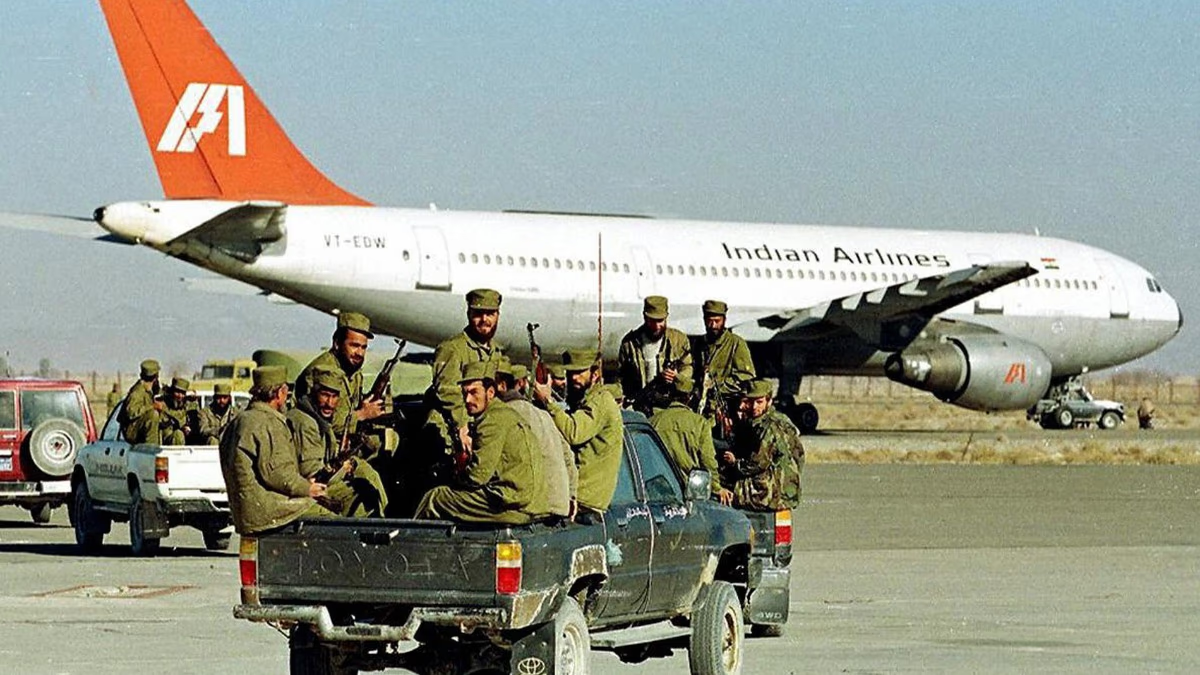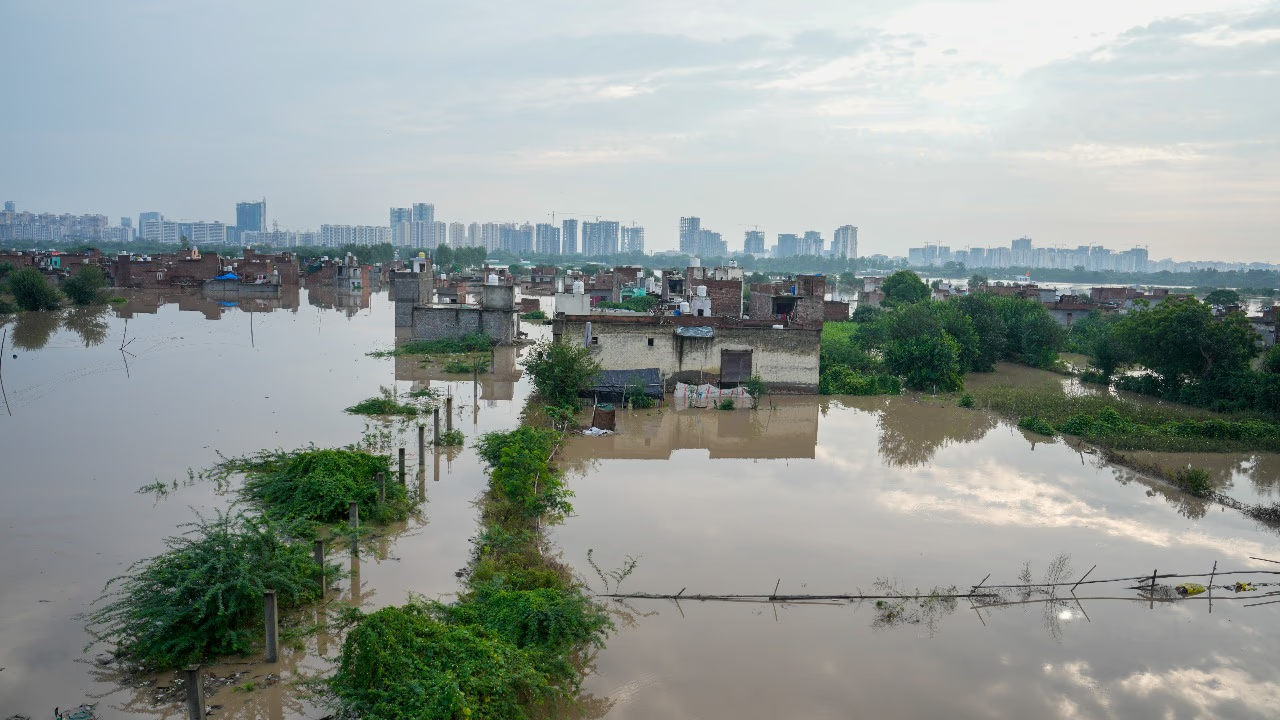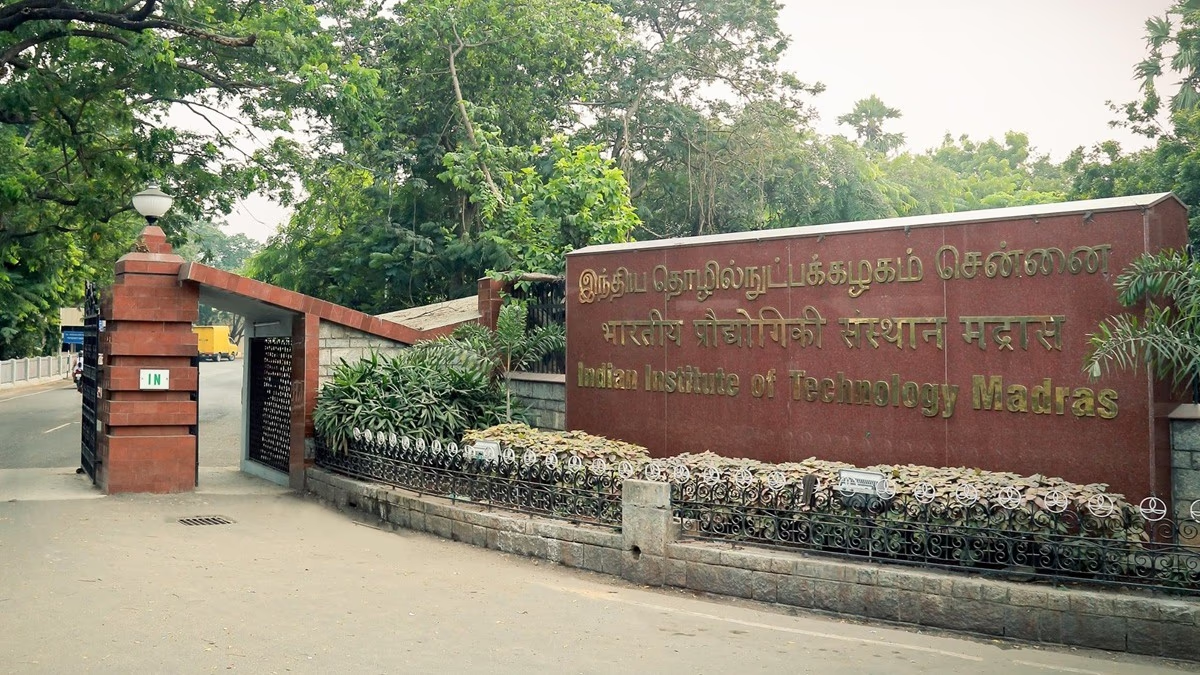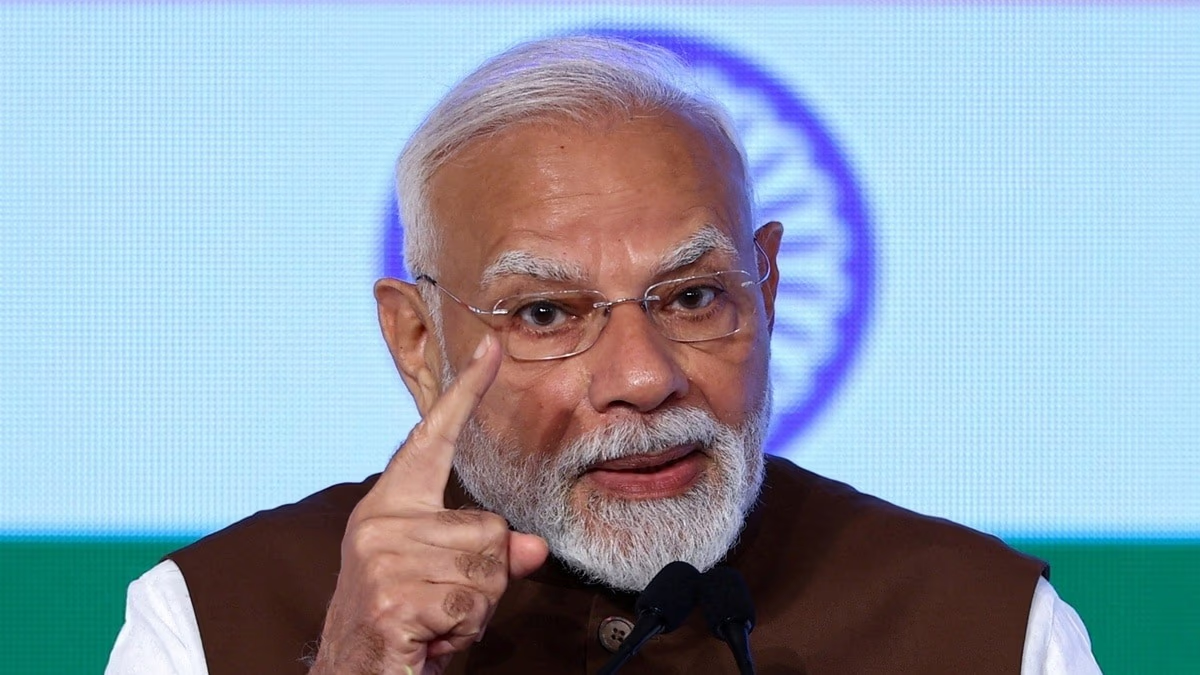Some secrets remain shrouded in mystery. Even after 25 years since the hijacking of Indian Airlines Flight IC-814 in 1999, many questions remain unanswered. This was the longest hijacking in India's history. Among the unresolved questions is the content of a black briefcase and two red bags from the incident. What were these items, and why do they remain a mystery?
The story of the IC-814 hijacking has been adapted into a series on Netflix titled 'IC-814: The Kandahar Hijack,' directed by Anubhav Sinha. This series attempts to explore every aspect of the hijacking. However, some mysteries still persist.
In the series, one of the red bags is shown being placed in the cargo hold of IC-814 at Kathmandu International Airport by the terrorists. It was suggested that the bag contained explosives, possibly RDX or grenades. Officially, no concrete information is available about its contents. Nevertheless, former Foreign Minister Jaswant Singh attempted to shed some light on this in his book 'In Service of Emergent India: A Call to Honor.'
The second red bag was with Jaswant Singh when he accompanied three released terrorists to Kandahar. The contents of this bag remain a mystery to this day. The Congress Party had demanded an investigation by a Joint Parliamentary Committee (JPC) into the red bag.
Similarly, there was a black briefcase carried by Indian officials accompanying Foreign Minister Jaswant Singh on the flight to Kandahar. So, let’s delve deeper into how these two red bags and one black briefcase became crucial parts of the hijacking story.
What Was the Kandahar Hijacking?
On December 24, 1999, Indian Airlines Flight IC-814 took off from Kathmandu bound for Delhi. There were 191 passengers, including 15 crew members, on board. When the aircraft entered Indian airspace, five terrorists hijacked it and instructed Captain Devi Sharan to fly to Kabul.
When informed that the aircraft did not have enough fuel to reach Kabul, the terrorists ordered it to be refueled in Lahore. However, Pakistan denied permission to land at Lahore Airport, forcing the flight to divert to Amritsar for refueling.
At Amritsar Airport, IC-814 remained for almost 50 minutes. The delay in refueling aroused the terrorists' suspicion, and they forced Captain Devi Sharan to take off without refueling.
Later that night, the plane was refueled in Dubai. However, Dubai authorities stipulated that women and children be deboarded. As a result, 27 passengers were released, and the body of Rupin Katyal, who had been killed by the terrorists, was removed.
After refueling, the plane was flown to Kandahar, where it remained for six days under the Taliban regime. The hijackers demanded the release of 36 terrorists and $200 million in exchange for the passengers. India engaged in negotiations with the Taliban mediating. Ultimately, India agreed to release three terrorists—Ahmed Omar Saeed Sheikh, Masood Azhar, and Mushtaq Ahmed Zargar—in return for the passengers' safety.
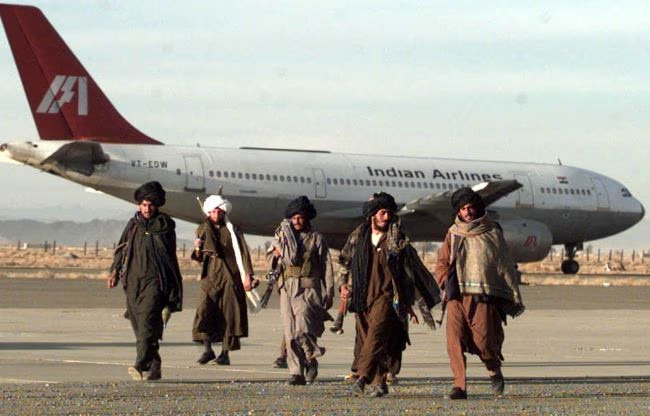
Source: aajtak
The Red Bag of Jaswant Singh
During the journey to Kandahar with the three terrorists, Foreign Minister Jaswant Singh was present with a red bag. The content of this bag remains a mystery. In 2006, the Congress Party alleged that it contained $200 million, which was handed over to the terrorists. This issue was raised in Parliament by Congress MP Madhusudan Mistry.
Madhusudan Mistry questioned why Jaswant Singh needed to accompany the three terrorists. He asked, 'What was inside Singh’s red bag?' The Congress Party demanded a JPC investigation if a ransom was indeed paid by the Vajpayee government.
In his book 'In Service of Emergent India: A Call to Honor,' Jaswant Singh wrote that India had rejected the terrorists' demand for a $200 million ransom. What exactly was in the red bag that Jaswant Singh carried? This remains an unresolved mystery.
The Story of the Black Briefcase
The plane from India to Kandahar carried another mysterious item—a black briefcase.
Senior journalist Sunetra Choudhury reported in 2019, after interviewing several officials, that four young officers were on the plane with Jaswant Singh, ensuring the terrorists' security for two hours. These officers included former CBI Director AP Singh, Indian Airlines CVC at the time, SPG Operations In-charge Ranjit Narayan, current NTRO Head Satish Jha, and current Maharashtra IG Surendra Pandey. According to Choudhury, an SPG commando team was also with them.
The report revealed that the black briefcase contained $100,000, intended for refueling in Kandahar. The estimated cost was $40,000, but the team took more cash as a precaution.
Sunetra Choudhury’s report stated that the team knew the Taliban would not provide receipts for the landing and refueling charges. AP Singh and Pankaj Srivastava were concerned about this and paid the $40,000 demanded by the Taliban.
An officer informed Choudhury that when they boarded the aircraft, they found the plane filthy with human waste, as the passengers had no access to toilets for a week. Nevertheless, Choudhury’s report unveiled the mystery of the black briefcase.
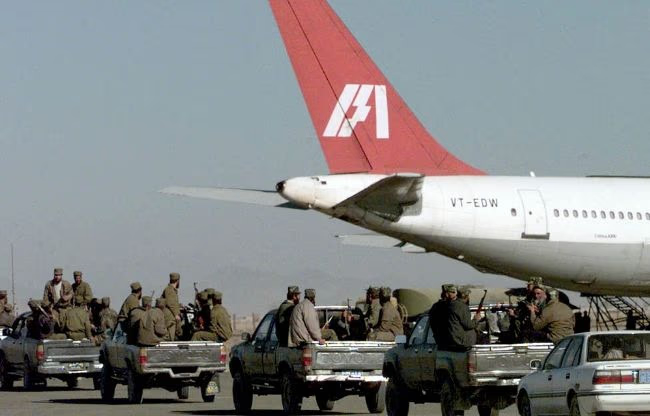
Source: aajtak
What Was in the Terrorists' Red Bag?
Similar to Jaswant Singh’s red bag, another red bag carried by the terrorists remains a mystery. There is limited information about this bag, with some sources referring to it as a suitcase.
Jaswant Singh mentions this red bag in a chapter of his book. He wrote, 'On the day the passengers were released, IC-814 was not flown out of Kandahar immediately, as I was alerted that there was something inside it that would detonate at midnight.' He stated that the plane was kept in Kandahar for eight days, and the mystery of the red bag remained unsolved.
Singh wrote, 'What was in this red bag? What was its content? Why did the hijackers come back for it?' According to Singh, the mystery of the red bag was revealed after the fall of the Taliban regime in 2001, when Taliban Foreign Minister Wakil Ahmed Mutawakil was arrested. Mutawakil was negotiating with the hijackers.
Jaswant Singh described in his book that the red bag belonged to one of the hijackers. It contained explosives and possibly their real passports, which the terrorists, in their haste, forgot to take with them. Some hijackers returned in Mutawakil’s red Pajero and were shown all the red bags in the IC-814 cargo hold. This occurred after the hostages had left. Eventually, a red bag or suitcase was identified.
The Netflix series shows that the red bag contained 17 kg of RDX. However, Jaswant Singh reported that Captain SPS Suri, who flew the plane back to India, found that it contained grenades. Singh mentioned in his book that locals informed Suri about the discovery of a bag containing five hand grenades.

Source: aajtak
What Happened to the Hijackers?
According to former Afghan diplomat Rahmatullah Hashmi, the five hijackers of IC-814 were escorted to the Pakistani border in a convoy.
Jaswant Singh wrote in his book, 'Hashmi also mentioned that they would not take the usual route to Pakistan but use secret paths employed by Mujahideen during the Russian occupation. These paths bypassed normal immigration and customs formalities.'
The hijacking of IC-814 not only raised questions about intelligence agencies but also highlighted doubts about political decision-making. Just like the secrets of the two red bags and a black briefcase, the fate of the hijackers remains a mystery 25 years later.
